New swamp and recreation forest in Alphen aan den Rijn is growing and thriving: results 2023-2024
14 September 2024
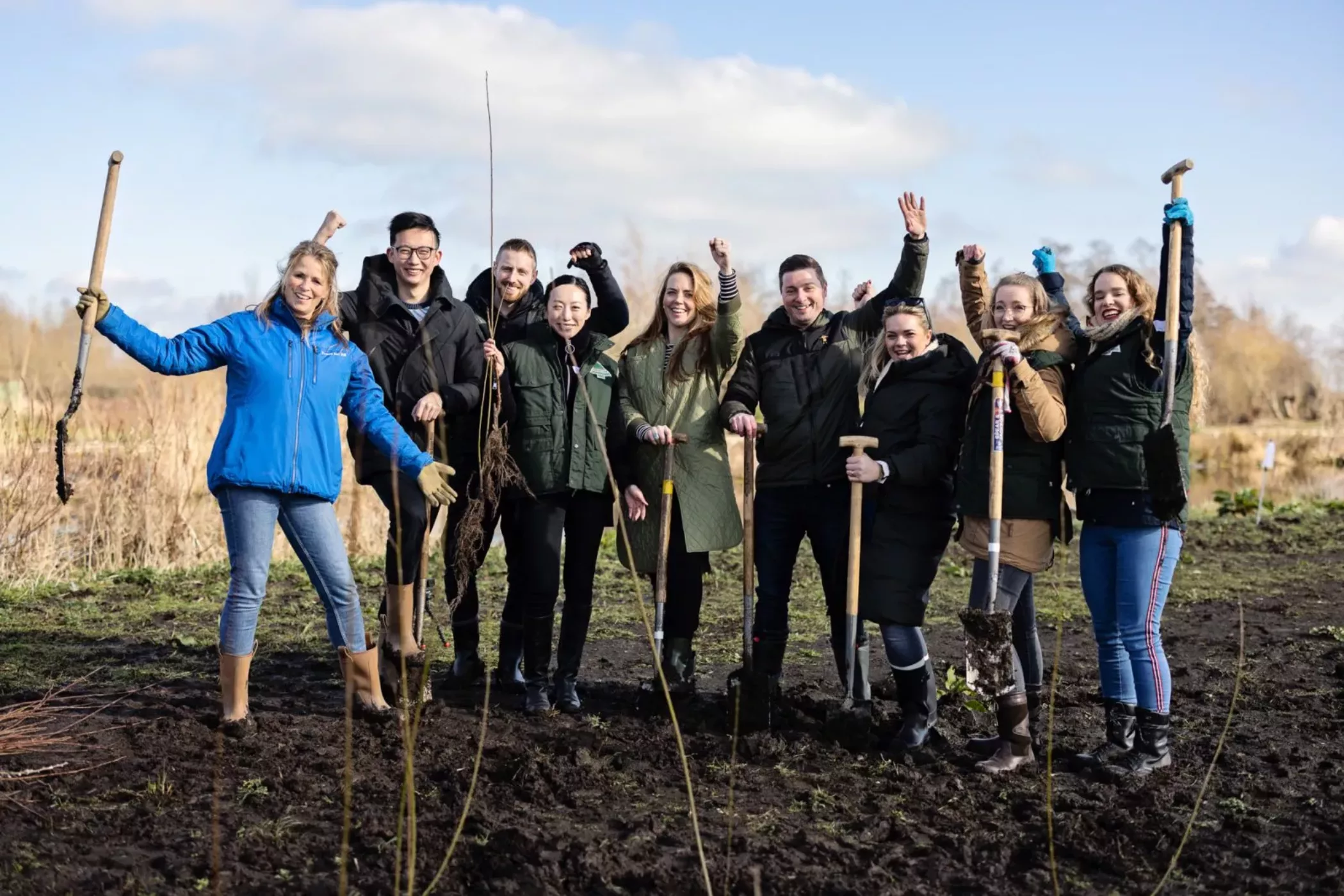
14 September 2024
Just outside the nature reserve De Lansing in the municipality of Alphen aan den Rijn, we’ve planted a new forest, in collaboration with Stichting Landschapsfonds Alphen aan den Rijn e.o. and our corporate forest donors. We’re creating a small swamp and recreation forest, called Natuurpark Randenburg. This new forest will reinforce the existing nature and link up with other natural areas. So how are the trees doing?
trees and shrubs
different species
hectares new forest
planting season (Dec – March)
The municipality of Alphen aan den Rijn is turning green! In this project, we’ve developed a new natural area on the border between Boskoop and Reeuwijk: Natuurpark Randenburg. By planting a forest here, we’re connecting a border plot to the existing nature and recreation area De Lansing. We’re thus providing extra habitats for all sorts of plants and wildlife, and giving a boost to the biodiversity.
In addition, the new forest ensures more diverse nature and more varied surroundings between the nurseries and stretches of grass. And soon there’ll be a watercourse and a pathway in the new forest, making it a pleasant recreational area. So we’re helping to create greener, more diverse surroundings, which will contribute to the quality of the landscape.
Last winter, we planted a total of 12,050 trees and shrubs in Natuurpark Randenburg. On a glorious tree planting day in February 2024, we were helped by our corporate forest donors, who put no fewer than 2,750 in the ground of the future nature reserve. Our partner Stichting Landschapsfonds Alphen aan den Rijn en omstreken (abbreviated to SLA) finished off the planting work afterwards.
Corporate forest partners of Trees for All hard at work during tree planting day in February 2024
The new forest is planted on peat, in a very wet area of the polder. So we chose species of tree and shrub that enjoy having wet feet. They include alder, downy birch, common ash, white willow, elder, blackcurrant, viburnum and bog myrtle. These are species that occur here naturally, but hardly grow here any more, or species that are not present in sufficient numbers in the area.
The trees were planted using the Miyawaki method, a form of forest planting that creates a dense and biodiverse forest on a relatively small piece of land in a short space of time. The trees were spread all over the area and planted at random. The shrubs and bushes were placed at the edge of the plot.
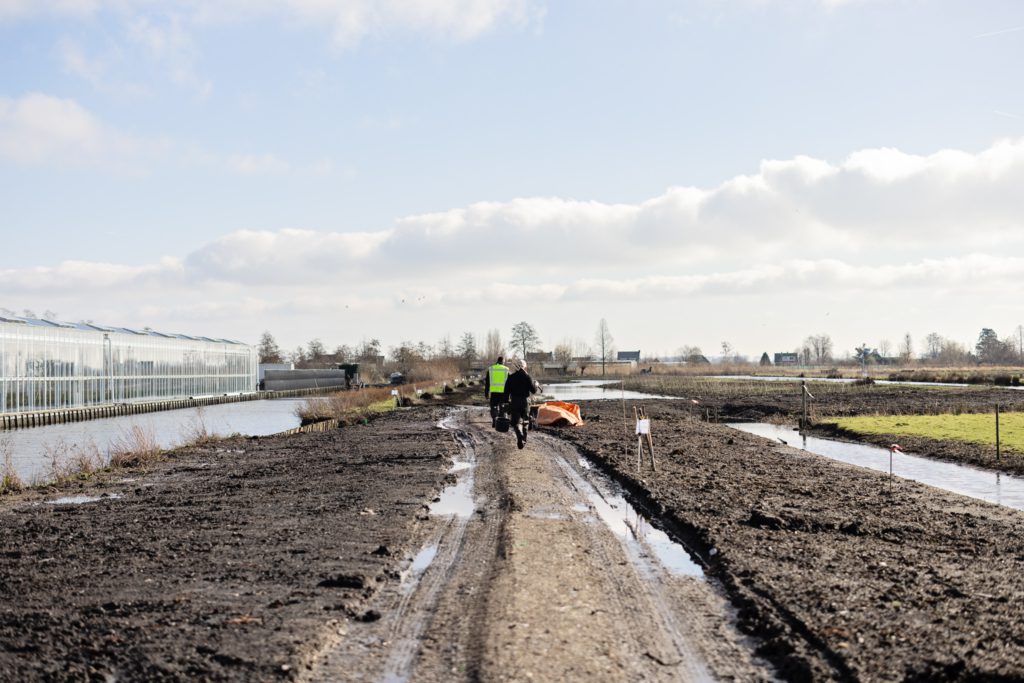
The plant site in February 2024
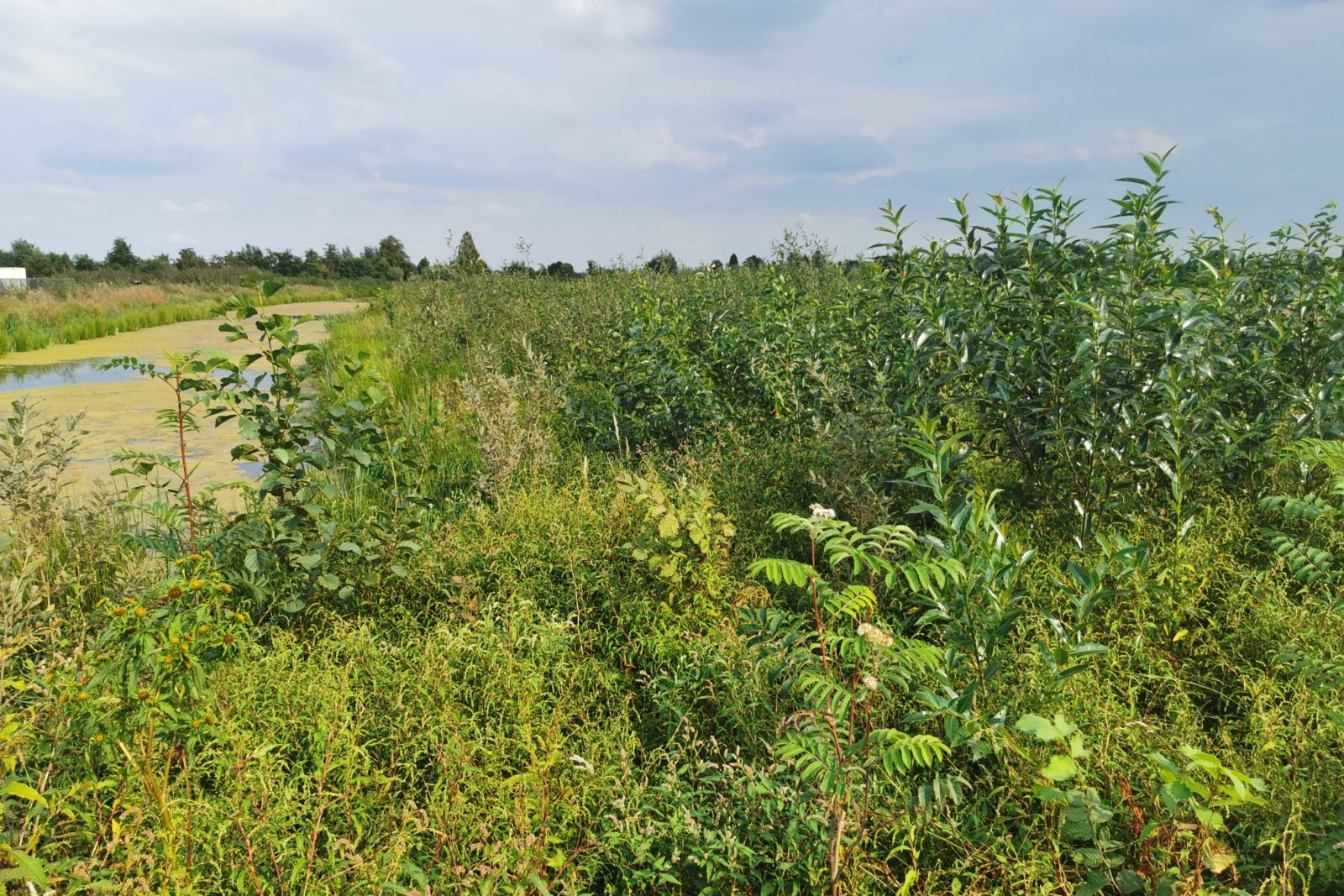
The planting site in August 2024
SLA has informed us that the trees are doing extremely well! The favourable weather conditions (plenty of sun and high temperatures following a very wet period) have caused an explosion of weeds like redshank, water pepper and camomile. The larger saplings are shooting up above the weeds. The bog myrtle that was planted earlier is also doing very well. This species was planted to prevent bank erosion.
The only trees that haven’t survived are some of the downy birches. The SLA will replant them in the coming planting season, along with around 2,000 extra trees on open spaces.
When planting new forests, it’s normal that not all the trees survive. So we make agreements with our project partners beforehand about the percentage of loss we allow within a project. Usually, this percentage is between 5 and 15%. If the loss is higher, due to unforeseen circumstances, then new trees are planted in the following planting season. This is also known as refill. So together, we make sure the forest gets off to a good start!
In the new natural area, we’ve planted a very diverse deciduous forest, thus creating a wide variety for many different animals and insects. Each species attracts different insects. There are also shrubs that bear berries, which are a good source of food for birds. We’re thus reinforcing the ecosystem as a whole.
And we’re seeing the benefits already, as the new forest is attracting all sorts of plants, dragonflies, butterflies, frogs and toads. This spring, we even had lapwings brooding among the young trees! And two endangered species of bird in the Netherlands, the green sandpiper and the common sandpiper, have been spotted on the banks of the new lake.
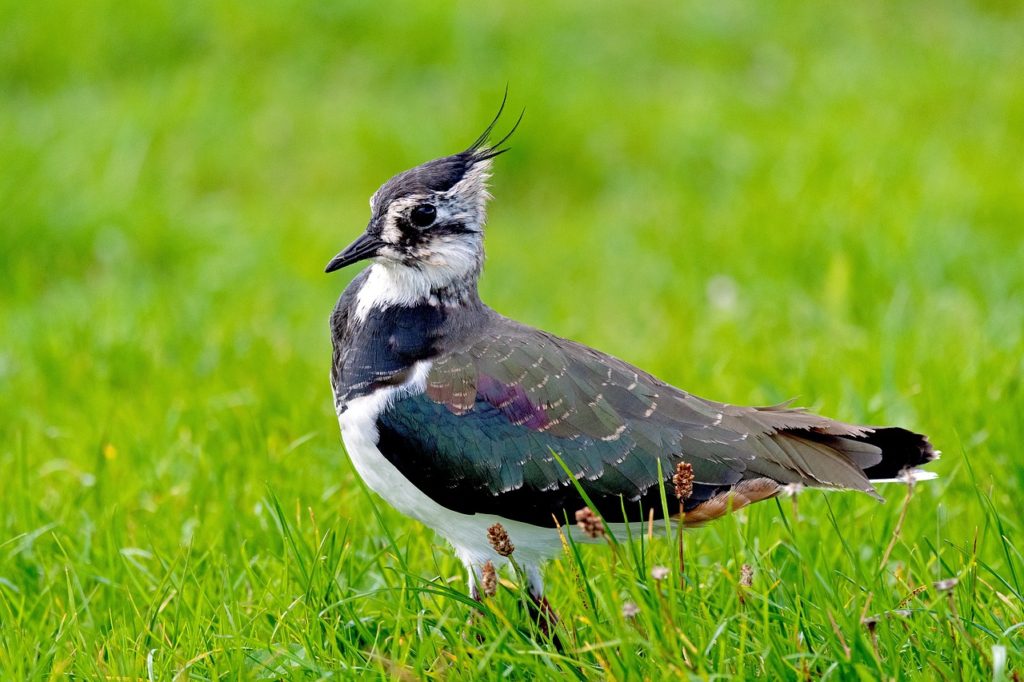
The tree species we’ve planted will soon form a swamp forest, which will enable the area to absorb extreme rainfall, with the trees functioning as natural water storage. The new nature forest is therefore an example of a natural solution for climate adaptation.
The Miyawaki method is an approach to planting forests that’s named after the Japanese botanist Akira Miyawaki. It’s a way of creating a dense and biodiverse forest on a relatively small piece of land in a short space of time. Different species of native trees are planted relatively close together. Right from the start, the trees have to compete with one another for sunlight, water, space and nutrients, meaning that the trees grow faster than when they are planted further apart. It creates a dense forest, where the biodiversity develops rapidly, and which can withstand drought and heat.
Randenburg Nature Park in August 2024
The official opening of Natuurpark Randenburg took place on 16 May 2024. At the opening ceremony, the last tree was symbolically planted by alderwoman Anouk Noordermeer and alderman Relus Breeuwsma on behalf of Alphen, and alderman Dirk-Jan Knol on behalf of Bodegraven-Reeuwijk.
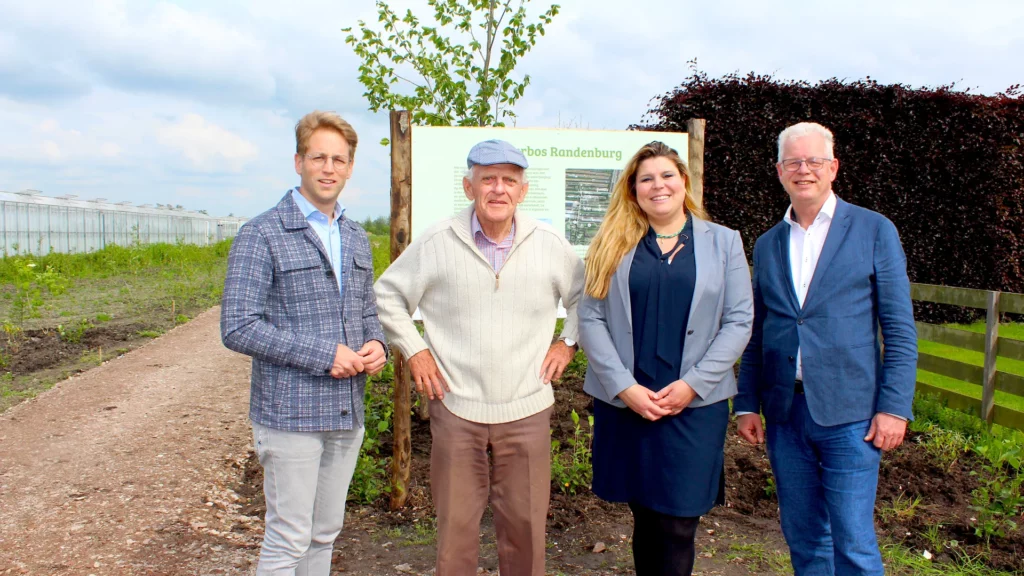
Photo: Morvenna Goudkoude. From left to right: Relus Breeuwsma, Jan van Leeuwen, Anouk Noordermeer and Dirk-Jan Knol
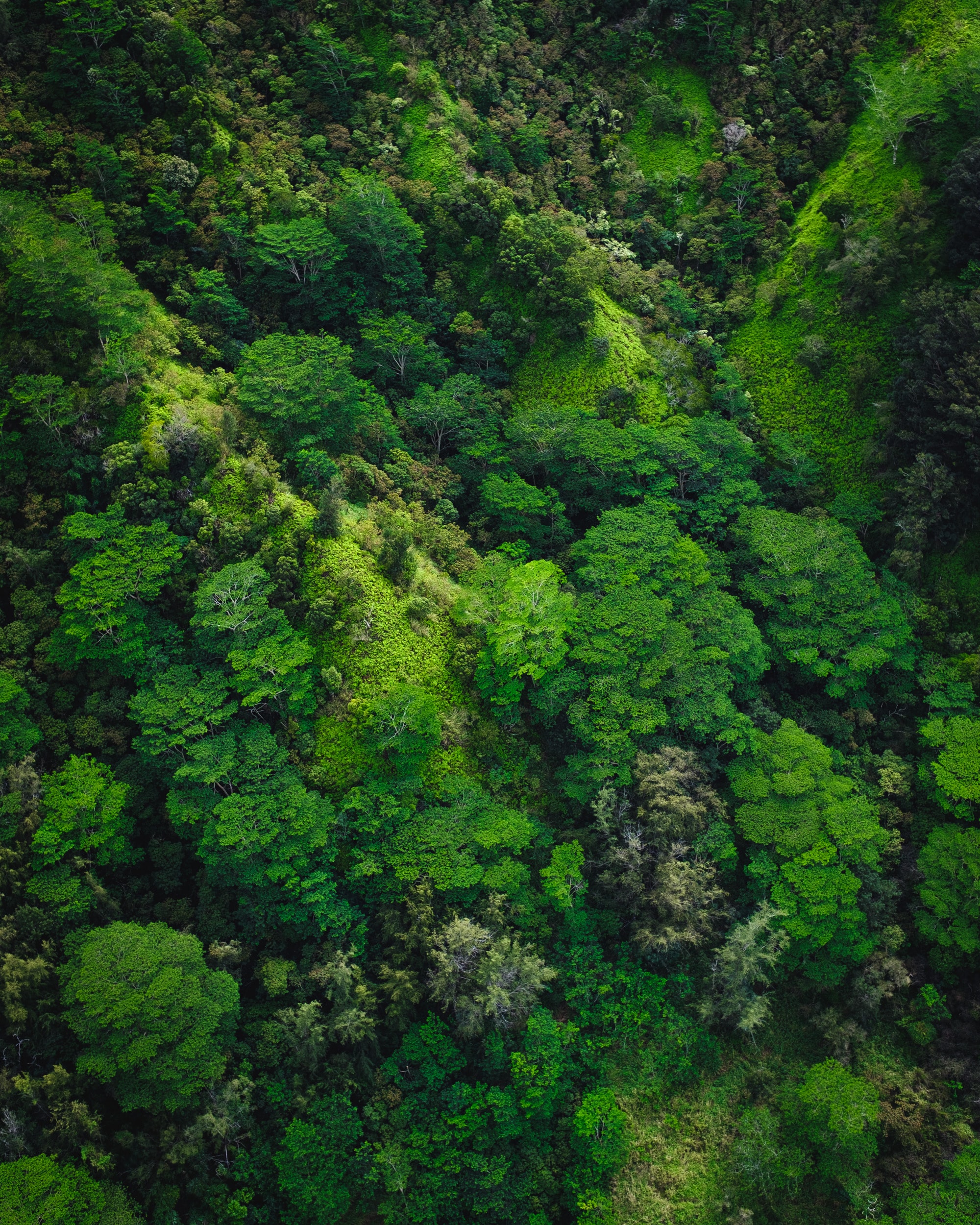
Without the support of our donors, we could not have made this project possible. We want to thank you enormously for that. Together, we have made the Netherlands a bit greener again. See you next planting season!